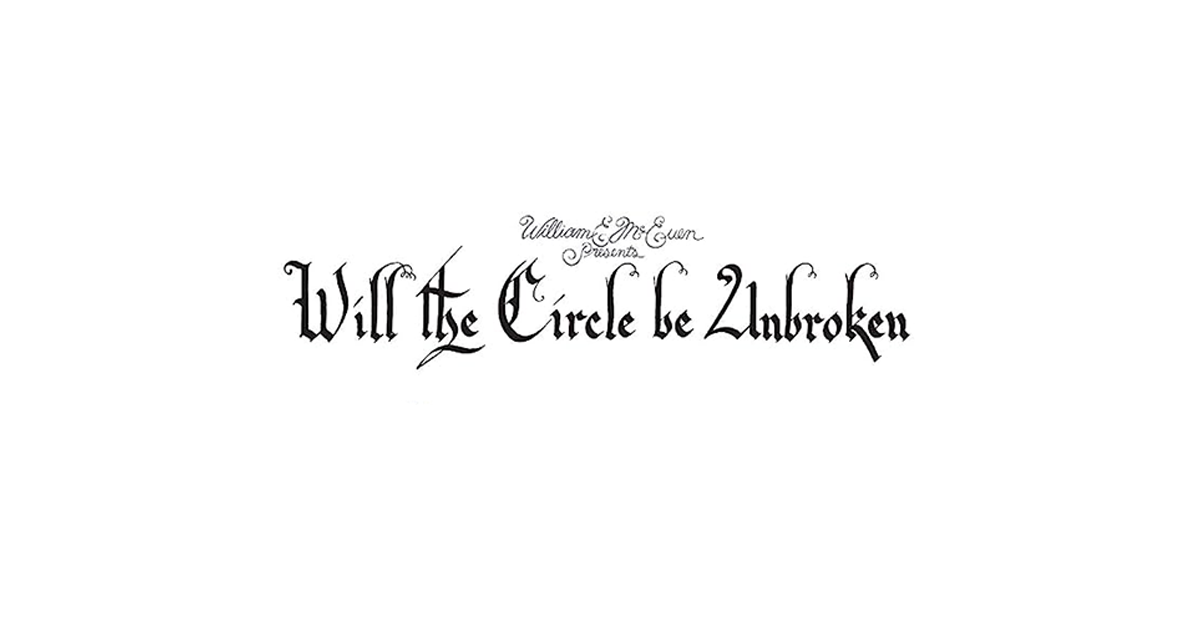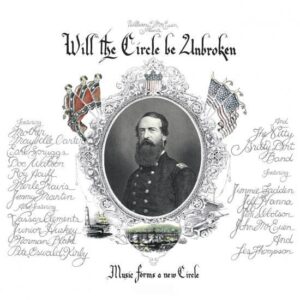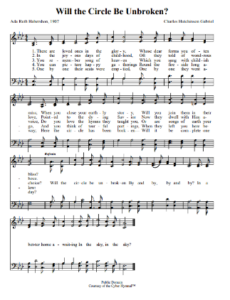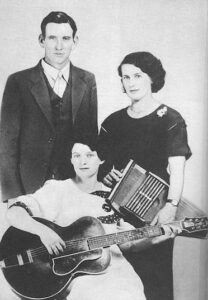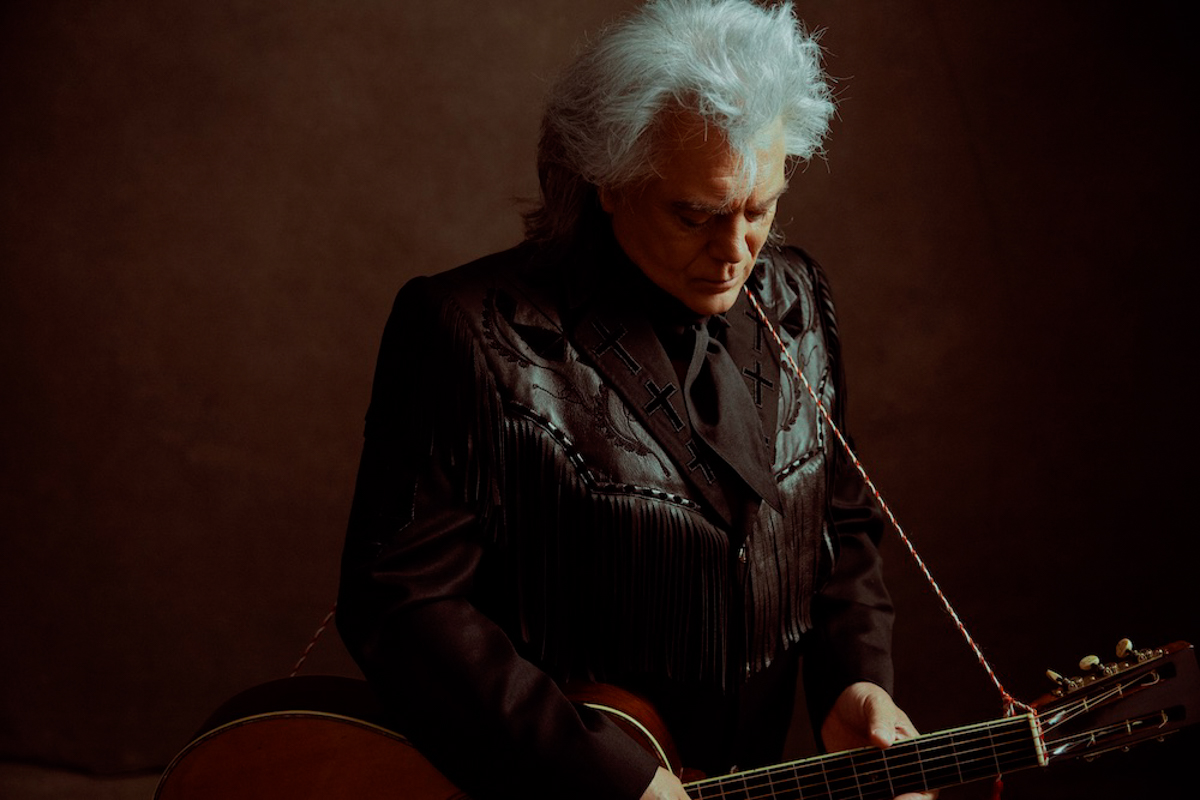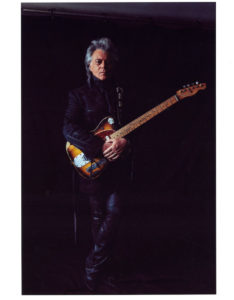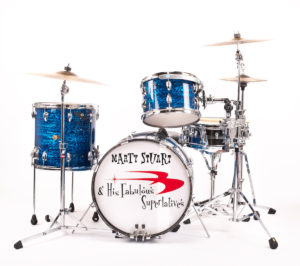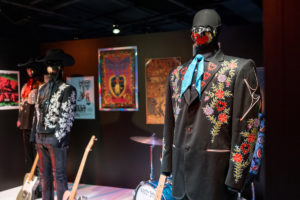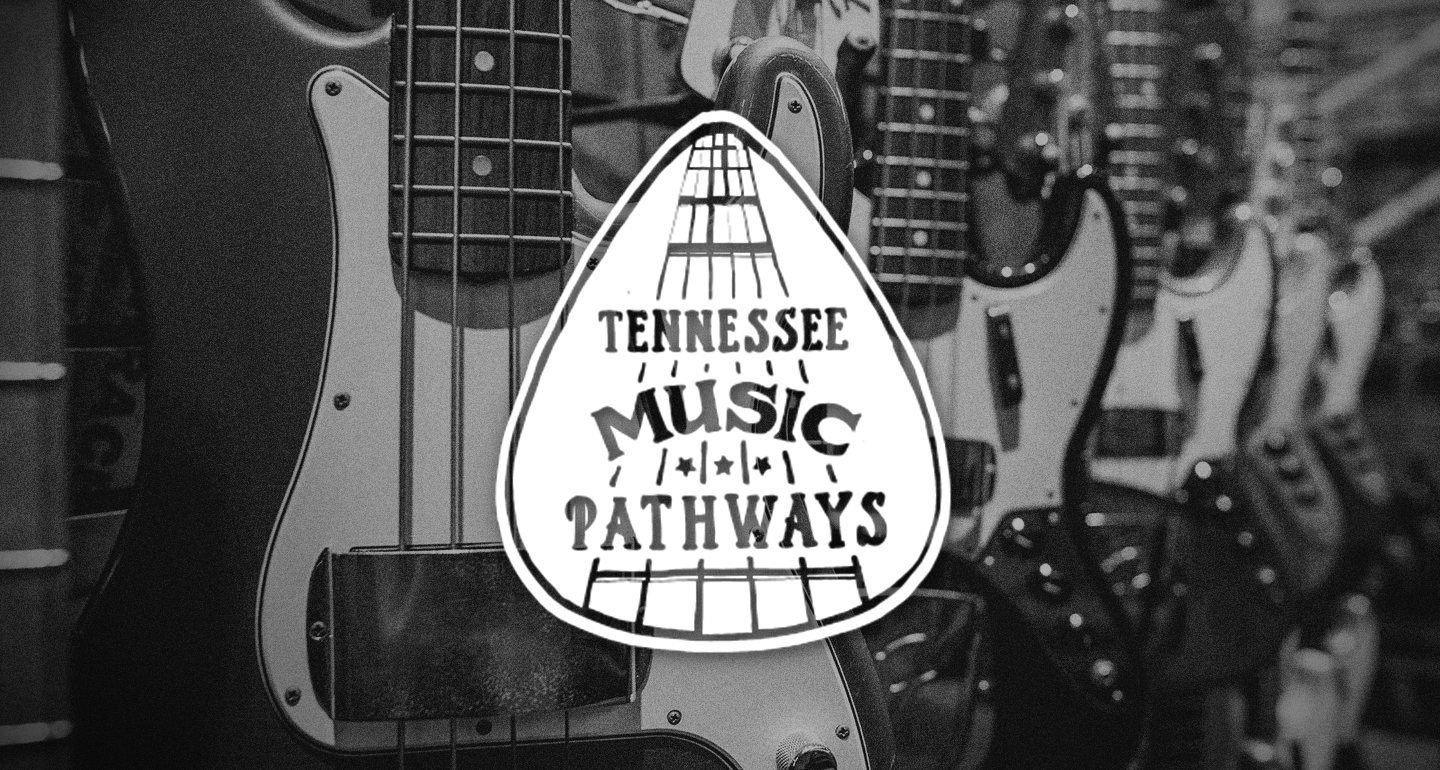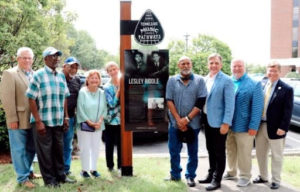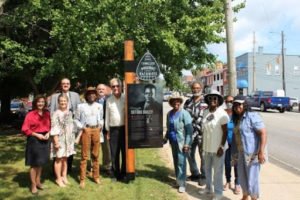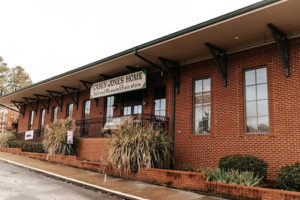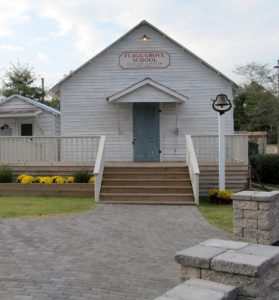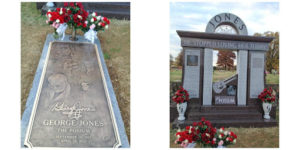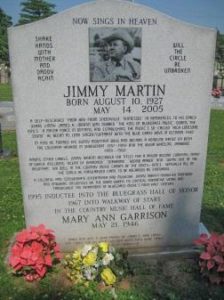By Ed Hagen, volunteer gallery assistant and guest blogger at the Birthplace of Country Music Museum.
Here at the Birthplace of Country Music Museum, we celebrate the 1927 Bristol Sessions that launched the recording careers of a number of traditional music acts, notably Country Music Hall of Fame artists Jimmie Rodgers and the Carter Family.
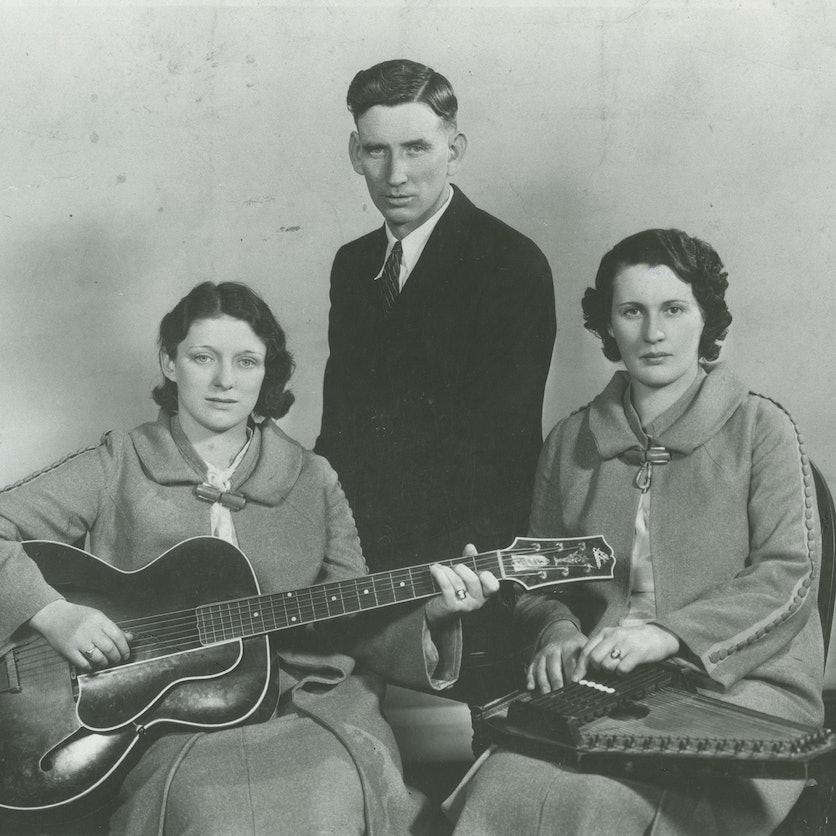
The Carter Family is now considered to be the “First Family of Country Music” after gaining commercial success and stardom from their 1927 Bristol Sessions recordings. The original group was a trio made up of A. P. Carter, his wife Sara Dougherty Carter, and Sara’s cousin Maybelle Addington Carter, who was married to A. P.’s brother Ezra “Eck” Carter. All three members of the Carter Family were born and raised in SouthWest, Virginia in an area called Poor Valley, Virginia (also known as Maces Springs) and were steeped in mountain musical traditions. Sara was the lead singer of the group – unusual for the time period – singing and playing guitar and autoharp, with Maybelle singing, playing lead guitar, and creating her own style of guitar playing known as the “Carter scratch”. A.P. Carter acted as songcatcher and band leader singing harmony vocals. In November 1927 and following months, the Victor record label released all six songs from the Carter Family’s Bristol Session recordings, and by the end of the 1930’s the group had sold over 300,000 records. As their popularity grew due to the success of the 1927 recordings, for years the group then recorded over 250 songs under the RCA Victor label, Decca and the American Record Corporation, had regular performances and saw great commercial success. But business slowed a bit during the 1930s as the Depression badly hurt consumer spending for things like record players and records. In addition to a collapsing economy, the Carters’ ability to tour was also hampered by the breakup of A. P. and Sara’s marriage, which was finalized in 1936, but the group still continued to record and perform together, even after Sara’s marriage to Coy Bays (A.P.’s cousin).
During the mid- late 1930’s, the Carter Family had a unique opportunity to take a job on the border of the U.S. and Mexico on the XERA radio station in Del Rio, Texas. The Consolidate Royal Chemical Corporation had contacted them with an offer to perform on their border radio station XERA daily. XERA was a 500 kilowatt border blaster, and the station’s location in Mexico had a powerful broadcasting signal with the ability to reach much of the U.S. with its broadcasting ability. With the possibility of reaching a national audience through XERA’s station, the Carter’s took the gig, which led to their next surge in popularity. This opportunity took them from their quiet country home in Southwest Virginia to living just across the Mexican border in Texas.
This is where this story gets odd: John Romulus Brinkley was the station manager at border radio station XERA and also the infamous “goat-gland doctor.” A “doctor” with specious credentials, Brinkley achieved fame and fortune in Kansas in the early days of radio by advertising surgical clinics where he performed xenotransplantations of goat testicles into humans. This supposed cure for male impotence was the foundation of a medical quackery empire worth millions of dollars. Chased out of Kansas and other states by outraged medical boards, he set up business across the border in Mexico, where the American limits on radio station power did not apply. Brinkley’s million-watt station XERA could be heard all the way to Canada and in 48 U.S. states.
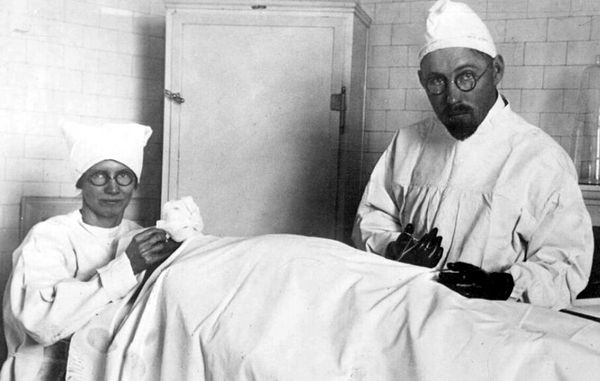
In 1938, Brinkley’s Mexican based border radio station XERA featured obscure hillbilly acts who played on the Good Neighbors Get Together show. That show aired for four hours every night, and again the following morning. For six months out of the year in 1938 and 1939, the Carter Family and their children lived in Del Rio, Texas performing regular spots on the radio with the sessions being recorded. They were offered $75 a week – serious money at the time. The Carters agreed and took the opportunity despite A. P. and Sara’s uncomfortable domestic situation. During a radio segment in February of 1939, Sara dedicated a song, “I’m Thinking Tonight of My Blues Eyes” to Coy Bays who was living in California – shortly afterwards the two were married and Sara moved to California. Brinkley’s empire was eventually brought down by a series of lawsuits and a federal mail fraud prosecution. He died bankrupt and penniless in 1942.
At this point the next generation of Carters appear in our story: A. P. and Sara’s children Gladys, Janette, and Joe, and Eck and Maybelle’s children, Helen, June, and Anita. The Carters did not want to disrupt their children’s schooling, so only the youngest child, five-year-old Anita, went with them the first year. Anita was part of the act and, as you can imagine, the other children, living with relatives in Virginia and listening to XERA at night, got very jealous. In subsequent years all of the children made the trip and sang on the radio shows.
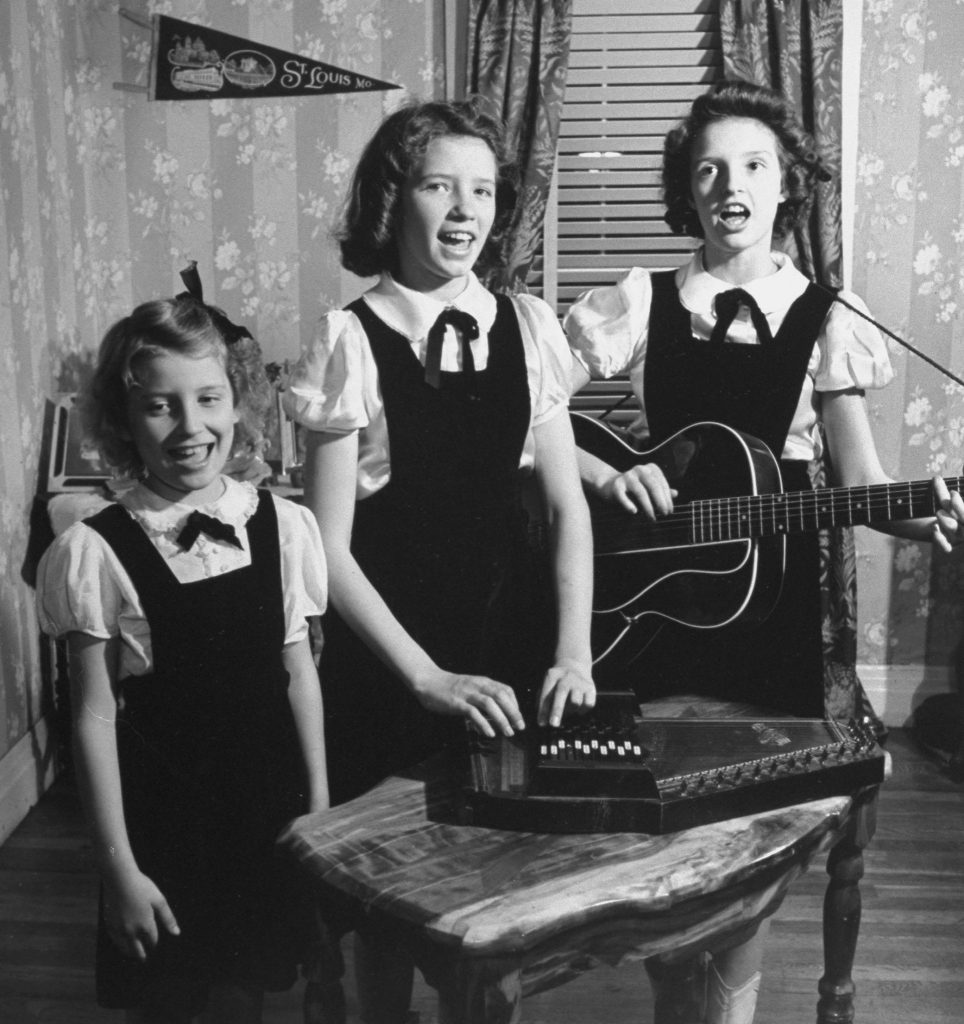
The border radio shows were a great success. Young listeners to these radio programs included future country stars like Johnny Cash, Chet Atkins, Tom T. Hall, Waylon Jennings, and Buck Owens.
Each show was repeated the following morning. In those days, this was done by recording the evening show direct to “transcription disks”, a special phonograph record intended for, or recorded from, a radio broadcast. Nobody at the time thought much of the historical value of these disks. One story has it that they were sold to a Mexican contractor who used them as roofing tiles. Miraculously, seventeen disks with seventy-eight songs from the 1939 season were discovered in a San Antonio radio station in 1963 and were issued as LPs. The LPs are long out of print, but the recordings are available for purchase on the Internet in CD and mp3 formats, and are also posted on YouTube. Take a listen to these recordings here via this YouTube playlist.
The recordings are interesting alternate takes of previously recorded Carter Family songs, but also include previously unreleased songs. The border transcriptions are a bit shorter than the Carters’ commercial recordings on the Victor label, typically two minutes rather than three minutes long (perhaps shortened to save room for commercials), but the performances are flawless.
The original Carter Family disbanded in the 1940s, still performing together on occasions. Maybelle Carter and her daughters began performing as a separate act as “Mother Maybelle and the Carter Sisters” featuring Anita, Helen and June and also performed under the groups original name “The Carter Family”, after 1960. The musical legacy of the Carter Family is one that continues to play an impact on musicians and fans of music to this day.
This blog post is a condensation of a colorful story told at much greater length in the XERA chapter of the excellent book about the Carter Family by Mark Zwonitzer and Charles Hirschberg, Will You Miss Me While I’m Gone. Another source was Ed Kahn, The Carter Family on border radio (University of Illinois Press 1996).


